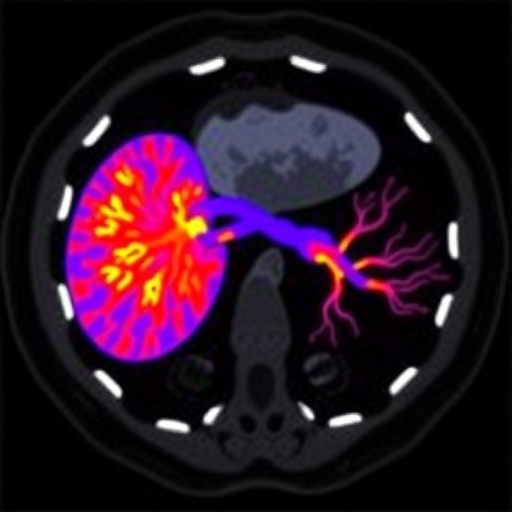
Credit: NASA JPL/Heidar Thrastarson
Tropical Cyclone Maha continued to move north along the southwestern coast of India when NASA’s Aqua satellite passed overhead and analyzed the cloud top temperatures. Satellite imagery showed the storms with the greatest rainfall potential were over the Lakshadweep islands.
One of the ways NASA researches tropical cyclones is using infrared data that provides temperature information. Cloud top temperatures identify where the strongest storms are located. The stronger the storms, the higher they extend into the troposphere, and the colder the cloud temperatures.
Tropical cyclones do not always have uniform strength, and some sides are stronger than others, so knowing where the strongest sides of the storms are located helps forecasters. NASA then provides data to tropical cyclone meteorologists so they can incorporate it in their forecasts. The AIRS imagery appeared to show those strongest storms were on the eastern side of Maha.
On Oct. 31 at 4:29 a.m. EDT (0829 UTC) NASA’s Aqua satellite analyzed the storm using the Atmospheric Infrared Sounder or AIRS instrument. The AIRS imagery showed the strongest storms were located over the Lakshadweep Islands. Lakshadweep is a group of about three dozen islands scattered over about 30,000 square miles (78,000 square km) in the Arabian Sea off the southwestern coast of India.
AIRS found coldest cloud top temperatures as cold as or colder than 210 Kelvin (minus 81 degrees Fahrenheit or minus 63.1 degrees Celsius) around the center as well as east of center. NASA research has shown that cloud top temperatures that cold indicate strong storms that have the capability to create heavy rain.
At 11 a.m. EDT (1500 UTC) on Nov. 1, the Joint Typhoon Warning Center or JTWC noted that the center of Maha was located near latitude 16.0 degrees north latitude and longitude 69.0 degrees east longitude. That puts the center about 555 nautical miles south-southeast of Karachi, Pakistan. Maximum sustained winds were near 45 knots (52 mph/83 kph).
Maha is forecast to continue moving northwest and parallel to the west coast of the Indian peninsula. After three days, the storm is forecast to turn west into the central Arabian Sea.
###
Hurricanes are the most powerful weather event on Earth. NASA’s expertise in space and scientific exploration contributes to essential services provided to the American people by other federal agencies, such as hurricane weather forecasting.
The AIRS instrument is one of six instruments flying on board NASA’s Aqua satellite, launched on May 4, 2002.
By Rob Gutro
NASA’s Goddard Space Flight Center
Media Contact
Rob Gutro
[email protected]
Original Source
https:/




